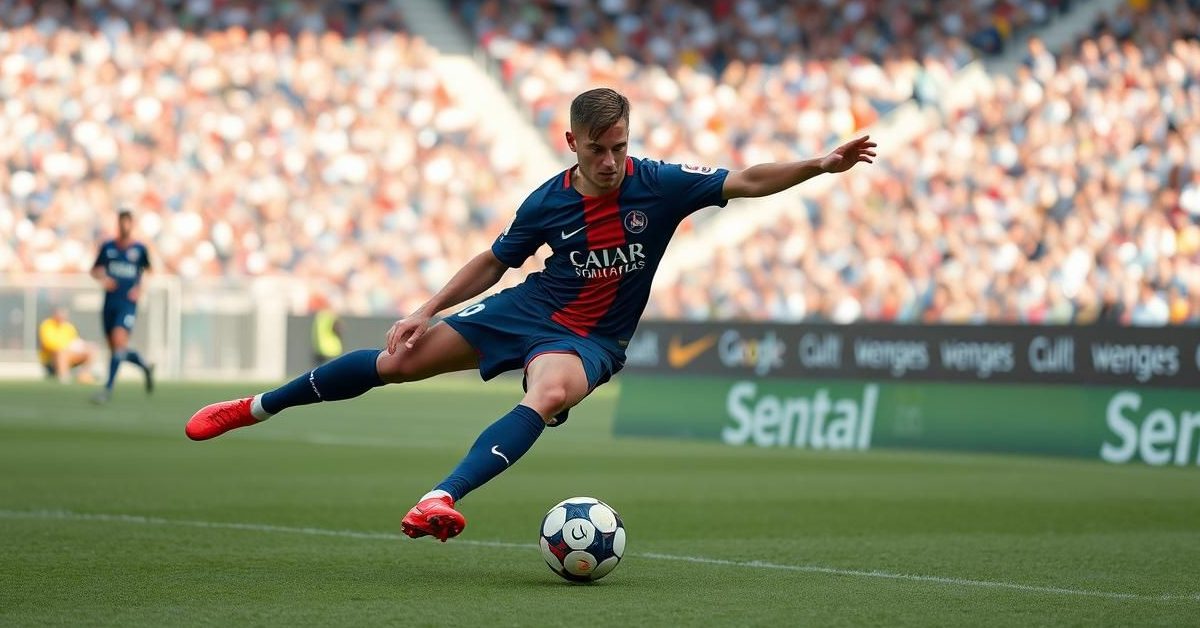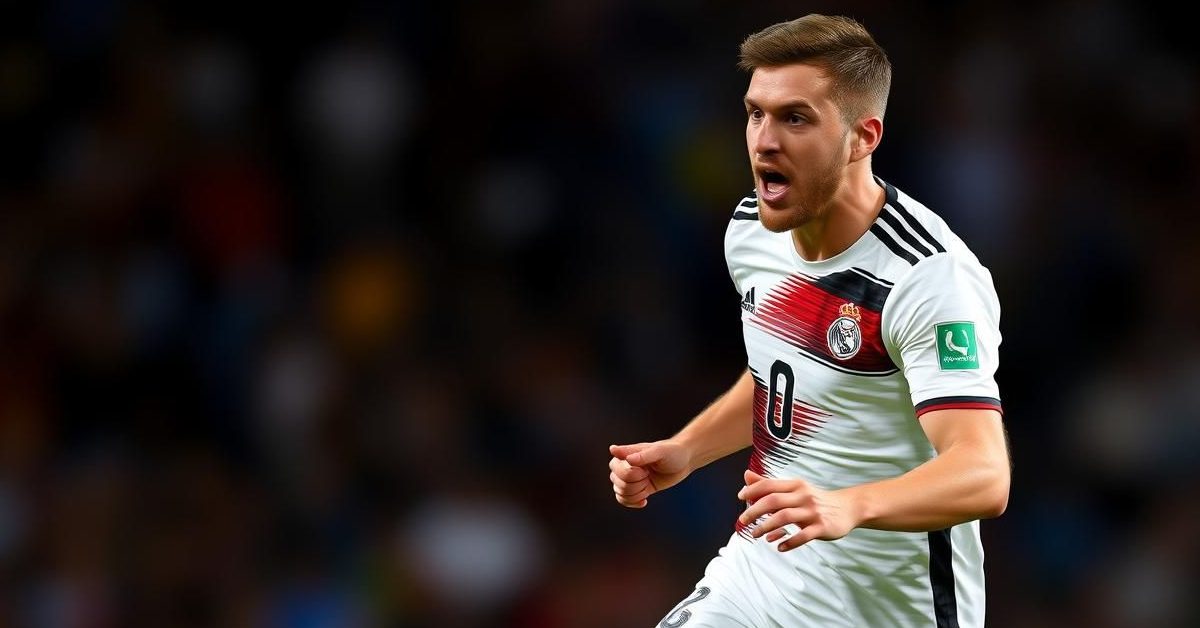The Unacceptable State of Play: Elite Footballers Battle Substandard Pitches at the Club World Cup
A ripple of discontent is swiftly turning into a torrent of criticism directed at the playing surfaces currently hosting the FIFA Club World Cup. What should be a showcase of global footballing excellence is, for many, being marred by conditions that fall far short of the elite standard. The most recent, and perhaps most cutting, critique came from none other than Paris Saint-Germain’s astute manager, Luis Enrique. Following his European champions’ hard-fought 2-0 victory over Major League Soccer’s Seattle Sounders, Enrique minced no words, famously quipping that the “ball bounced like a rabbit” on the turf of Seattle’s Lumen Field. This evocative phrase paints a vivid picture of a playing field that’s anything but a stage for the beautiful game, raising serious questions about player safety and the integrity of the competition.
When the Ball Refuses to Behave: The “Rabbit Bounce” Phenomenon Explained
Luis Enrique’s “rabbit bounce” isn’t merely a colourful metaphor; it describes a fundamental flaw that cripples high-level football. On a truly world-class pitch, the ball behaves predictably, allowing players to execute intricate passes, control possession with precision, and unleash powerful, accurate shots. When the surface is uneven, patchy, or too soft, the ball takes erratic deflections, making first touches a gamble and intricate build-up play nearly impossible. For a squad like PSG, boasting technical maestros such as Kylian Mbappé, Ousmane Dembélé, and Vitinha, such unpredictable conditions severely hamper their ability to perform at their peak. It transforms a game of skill and strategy into one of luck and compromise, diminishing the spectacle for fans worldwide who tune in to witness peak athletic performance.
Beyond Seattle: A Tournament-Wide Concern for Player Welfare
While Lumen Field specifically drew Enrique’s ire, the underlying concerns about pitch quality appear to resonate throughout the Club World Cup. For professional footballers, especially those at the pinnacle of the sport, the playing surface is their primary tool. A substandard pitch doesn’t just affect the ball’s movement; it poses a significant risk of injury. Uneven surfaces can lead to awkward landings, twists, and impacts, increasing the likelihood of ankle sprains, knee ligament damage, and muscle strains. Given the relentless demands of a modern football calendar, with players often competing across multiple domestic and international competitions, their bodies are already pushed to the absolute limit. Expecting these elite athletes to perform on potentially hazardous terrain is a serious oversight that compromises their long-term careers and well-being.
The High Stakes: Preserving the Integrity of Global Club Football
The FIFA Club World Cup, designed to crown the best club team on the planet, carries immense prestige. Teams from every corner of the globe – from UEFA Champions League winners like Manchester City or Real Madrid, to CONCACAF champions, Copa Libertadores victors, and representatives from Asia, Africa, and Oceania – converge to compete. The expectation is that this global showcase will be held under optimal conditions, allowing each team to display their finest football. When pitch conditions become a talking point, it detracts from the athletic achievements and tactical battles on display. It casts a shadow over the tournament’s integrity and raises questions about the preparedness of host venues. As FIFA plans for an expanded 32-team Club World Cup in 2025, with the United States set to host, ensuring world-class pitches will be paramount to the event’s success and its lasting legacy.
What Next for FIFA and Venue Management?
The growing chorus of complaints serves as a stark reminder to FIFA and local organizing committees that pitch quality is not a secondary concern but a fundamental prerequisite for top-tier football. Investing in state-of-the-art turf management, comprehensive drainage systems, and allowing sufficient recovery time for pitches in multi-purpose stadiums are crucial steps. While venues like Lumen Field are indeed designed for various events, prioritizing the specific needs of professional football, especially for a tournament of this magnitude, is non-negotiable. As the Club World Cup continues its evolution, the global football community will be keenly watching to see if the playing surfaces can finally live up to the spectacular talent gracing them, ensuring that the only thing bouncing like a rabbit is a celebratory player, not the ball itself.













